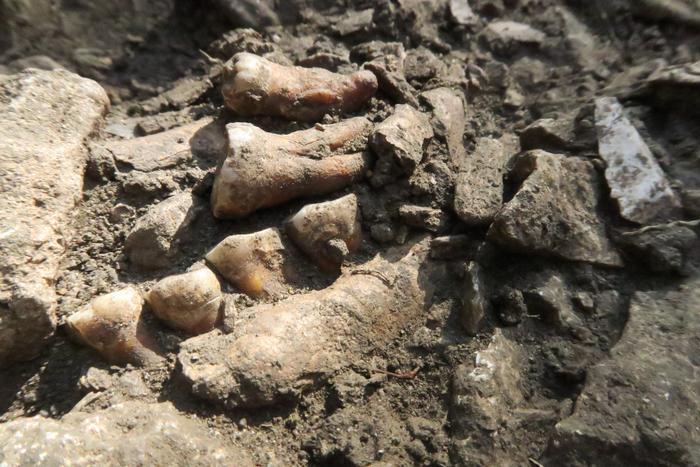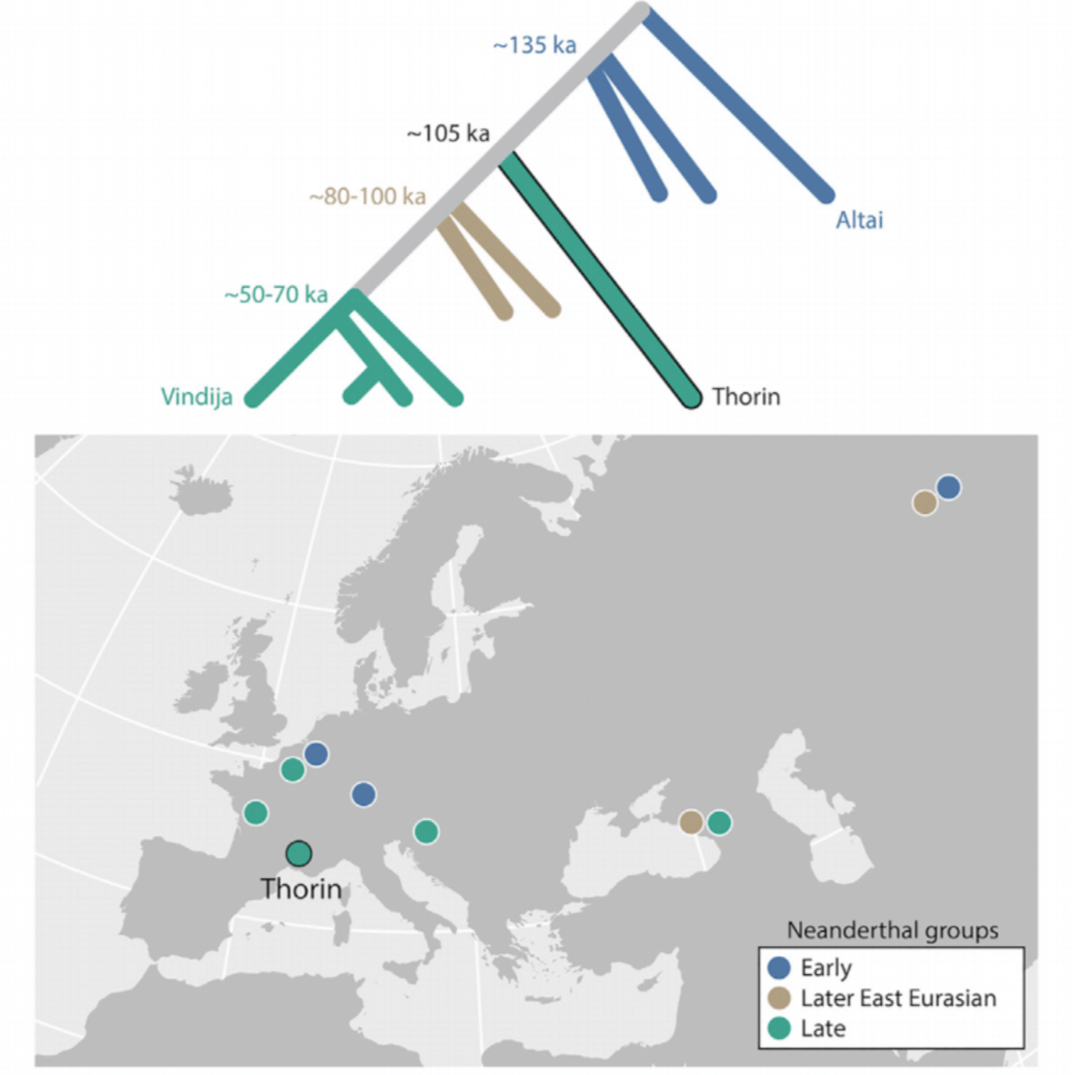The Neanderthal Lineage Was Separated by an Amazing 50,000 Years
Compared to modern humans, Neanderthal societies seem remarkably unsocial, according to previous research, keeping to themselves more often than not.
It seems that one group went too far with being alone. A new study of genes removed from the molars of a specimen called Thorin found that his ancestors had not mixed with their neighbors for thousands of years.
Paul Sabatier University archaeologist Ludovic Slimak explains:
Incidentally, this group of Homo neanderthalensis‘ Isolation accompanied our ancestors’ raids into Europe.
“Thorin corresponds to the phases of the Neanderthal reconstruction of the Grotte Mandrin after the penetration of modern humans on the continent,” Slimak and colleagues explain in their paper.
Discovered in 1979 in caves in France’s Rhone Valley, the 100,000-year-old remains of Thorin represent the most complete Neanderthal found in France, dating back thousands of years to their presence in the region.

Around this time the Neanderthal population of Spain was overturning, with genetic changes indicating replacement by new Neanderthal populations as climate warming changed environmental conditions after a that there is a past ice and expel other tribes to expand in a new area.
Hot on their heels were A wise man.
“These genetic differences may indicate a major process of population change after or related to the expansion of anatomically modern humans across Europe,” Slimak and colleagues write.
Although many of us have Neanderthal DNA, we have not found Neanderthals in modern human DNA.
Thorin was no exception. Thorin’s closest genetic match was another Neanderthal found in Gibraltar, Spain. However, the last time Thorin’s ancestors came into contact with other known groups of Neanderthals was 50,000 years earlier.
“This means that there was an unknown Mediterranean population of Neanderthals whose population extended from western Europe to the Rhône Valley in France,” says Slimak.
But the genes from the fossils representing the inhabitants of the Mediterranean are incomplete, which makes it difficult to confirm any claims about this mysterious group.

Regardless, the isolation of Thorin’s people raises questions about how his entire species ended up extinct some 40,000 years ago.
Genetic isolation aside, there is also archaeological evidence that this group of Neanderthals was very diverse. This may be a clue to how our dead cousins ended up despite sharing many of the skills that helped us excel in difficult environments, from their technological know-how to their creativity.
On the other hand, the wave of people that swept through Asia when the Neanderthals disappeared seemed to preserve cultural ties throughout Europe, suggesting that there is tolerance in developing strong ties.
“It’s always good for locals to meet other people,” says Vimala. “The longer you’re isolated, the less genetic diversity you have, which means you’re less able to adapt to changing climates and pathogens, and you’re less in society because you don’t share knowledge or evolution.”
Rather than a dramatic ending full of conflict between the two human species, the decline of the Neanderthals may have been a long and complicated process brought about by their desire to withdraw from themselves .
This research was published in Cell Genomicss.
#Neanderthal #Lineage #Separated #Amazing #Years
